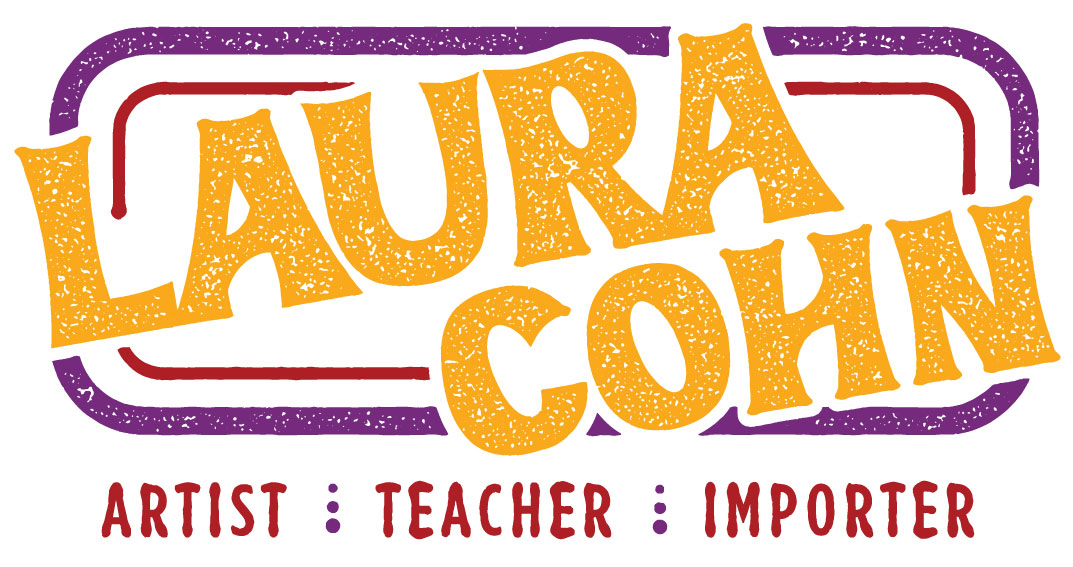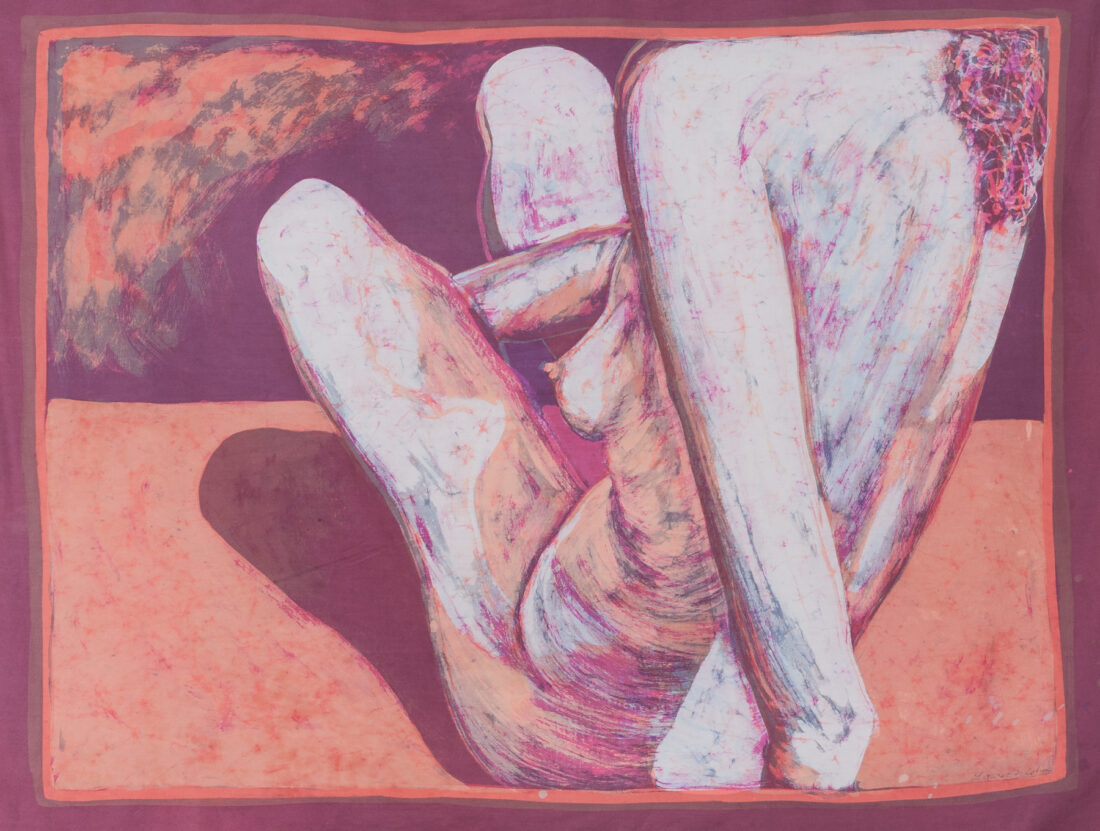At Home and Abroad: Discovering the Artist
Laura Cohn, ’88. The Peregrine, Newsletter of the College of the Atlantic Association
The privilege to make art full time rarely exists for artists. The need for food, housing and materials requires consistent funds on which an artist must depend during his or her working hours. As a budding artist, I subsidized my art-making by waiting tables. I worked many a moon fearful that diners would notice the cerulean blue Winsor Newton oil paint under my fingernails as I placed broiled lobster delicately before them.
Only far away, in Southeast Asia, did I discover a place where I could call myself an artist without feeling the need to justify my words, or be obliged to subsidize my income with a second, distracting job. Also, in Indonesia there were more artists than tourists – and no lobsters.
Initially, I was drawn to Indonesia by tales that described life and art as being seamlessly integrated among the Hindu Balinese. My subsequent experience there confirmed the truth of these tales.
Since everyone around me had the privilege, by birth, to be an artist, I , too, wanted that right. The low cost of living afforded me the opportunity to exist on very little income, and to paint without distraction.
My intention was to continue painting with oils, which I had taken up as an undergraduate at College of the Atlantic, yet I soon became intrigued with the traditional Indonesian craft of batik. I relocated from Bali to Java in 1992 to further study this art form.
In Yogyakarta, Java, the center of batik production in Indonesia, I set up my studio with my friend and teacher Viktor “Jon” Sarjono, a fabulous contemporary batik painter. Each morning, six days a week, I woke to the blaring of the mosque, a foreign sound that soon became familiar, and that came to represent home. Indonesia, Indonesians, the batik process, painting full time, living as a foreigner, choosing a solitary existence – so many elements of my life dovetailed at this time, allowing me to find myself as an artist.
The art that I was making should not technically be called “painting,” because there is no paint involved in the batik process. Batik is a wax-resist method of creating designs – an ancient and unique art form. Invented many hundreds of years ago to ornament cloth fabric, the same techniques and tools are used today by contemporary batik designers and painters.
I use colored dye pigments and the wax-resist technique to create designs on cotton. One of my tools is a paintbrush, and my primary orientation is that of a painter. The freedom of expression I feel with a brush in my hand cannot be duplicated in other media with which I’ve experimented.
Originally, as an oil painter, I found the application of the oils to be the most sensual and interesting part of painting. I hold the same to be true for making batik. When fully engaged in the process of batik, I can be found dancing in front of a stationary painting, brush in hand, hot wax flowing onto the fabric like a delicious sweet nectar.
Metaphors intrinsic to the batik process intrigue me. The colored dye initially looks nothing like the color it turns out to be; dyes need to be “fixed” before they can “take hold”; the same color dye treated with a different fixative produces a whole different color.
I felt absurd using solar-activated dyes in a tropical climate with only two seasons, dry and wet. During the wet season – December through April – one may not see the sun for days or weeks. Hence, weather not only influenced my palette, it also forced me to slow down.
I built up layers of color from white to dark and back again, with each color taking two stages, waxing and dyeing. The layers of wax obscure the image and color so much that each underlying step is cloaked and hidden until the final stage of boiling. Only then, when the painting is submerged in the hot boiling water, does the wax dissolve and the true painting emerge. Until then, each piece is only a process – play and experimentation. Finally, boiled clear of wax, a painting is born.
In this batik process I have found a lifetime of lessons. Today it is my task to bring the medium and the message home after five years abroad, to replant solid roots in America terra firma, and to create a new studio with my new family. At times I feel like an immigrant here, unfamiliar with my old conditions and surroundings. Returning takes almost as much courage as leaving did.
Yet I come home with a sense of myself that would have been difficult, at best, to discover had I never left. As I set up my new studio here in Philadelphia, I will continue to practice the ritual of batik in the spirit of my original inspiration in Java, in spite of the altered environment.
Ironically, when surrounded by the fertile bamboo trees and hibiscus flowers shadowed by active volcanoes on the horizon in Indonesia, the landscapes I captured in batik were the islands and mountains of my other island home in Maine. Will I now find myself painting the luscious green rice fields from a distance, with brushstrokes of longing?
I strive to integrate my two worlds. As a working artist surrounded by a culture with little support for the arts, I look to what I learned about the dynamic nature of Indonesian art and culture: art intertwined with daily life. I let the grace of the Javanese, a calmness, seep deep into my soul, and I draw on it as I watch my fellow Americans bustle by. Halfway around the world from the source that reminded me of my privilege to be an artist, I remain indebted to Indonesia each day that I paint.



